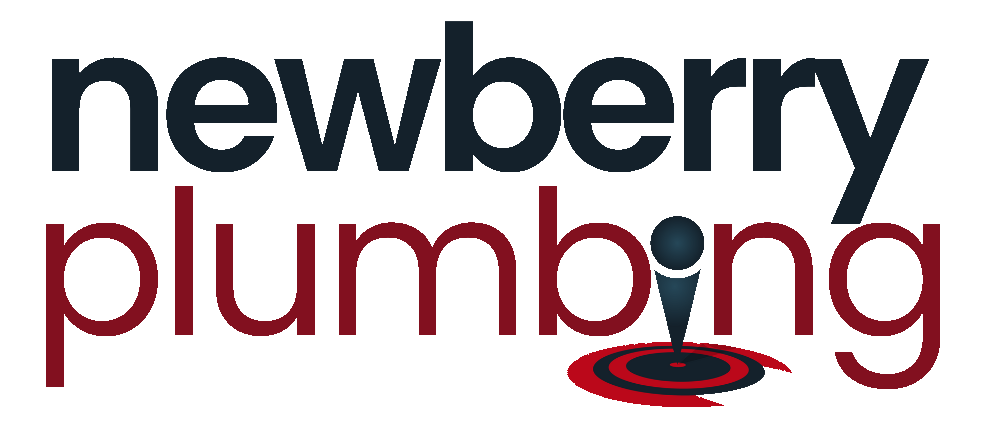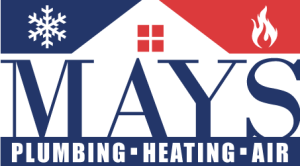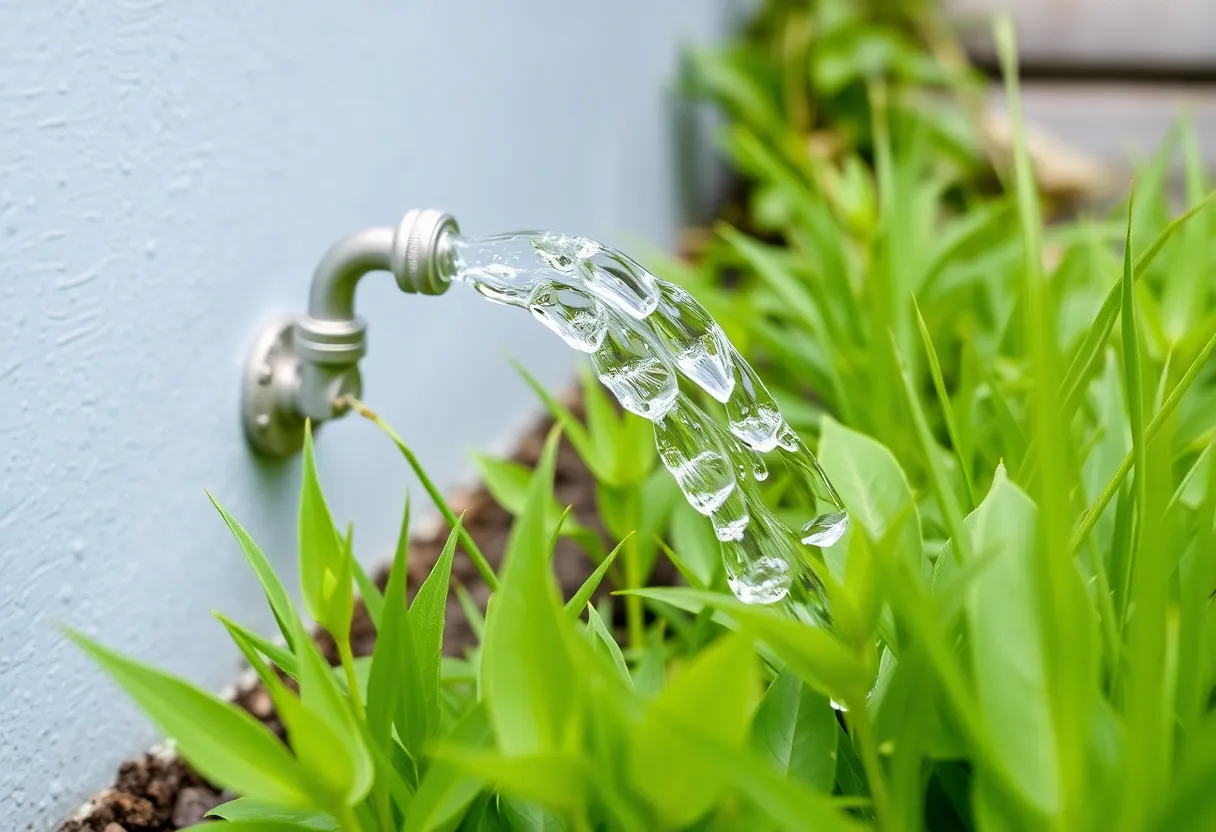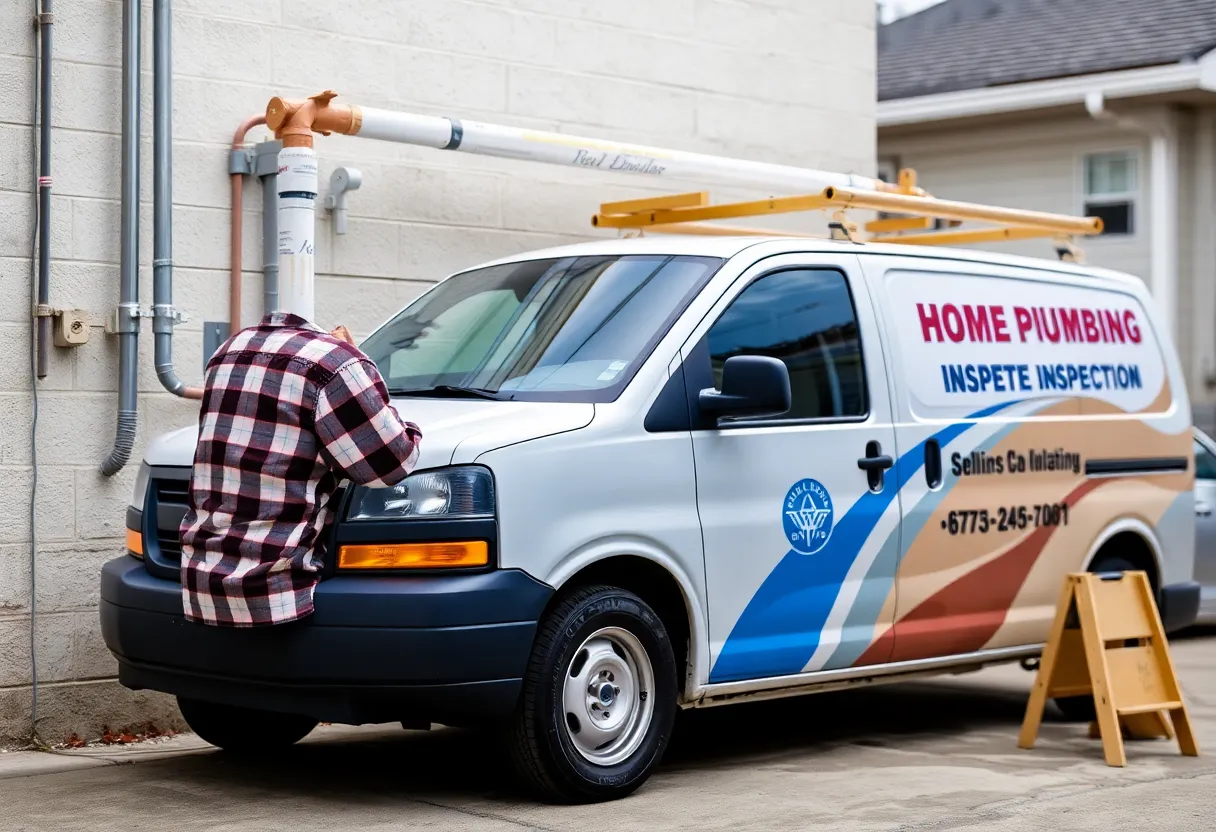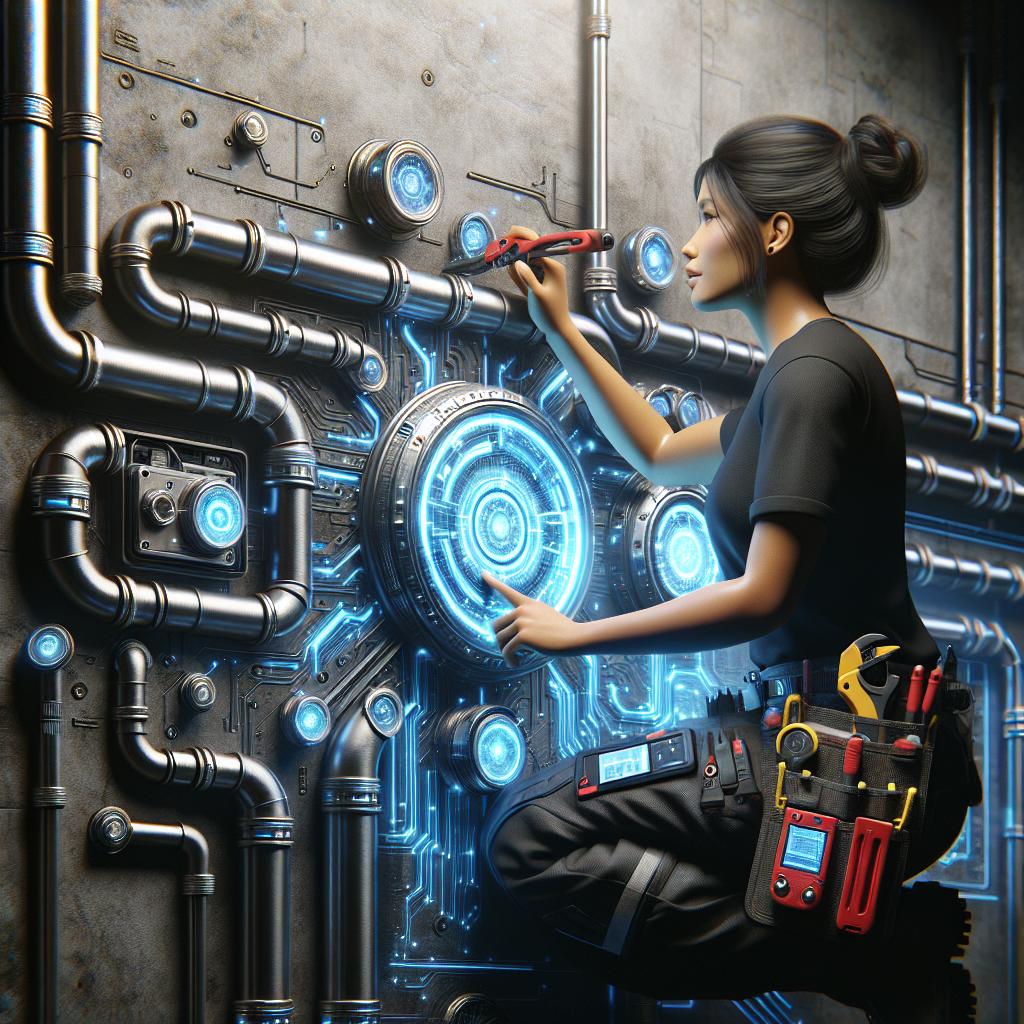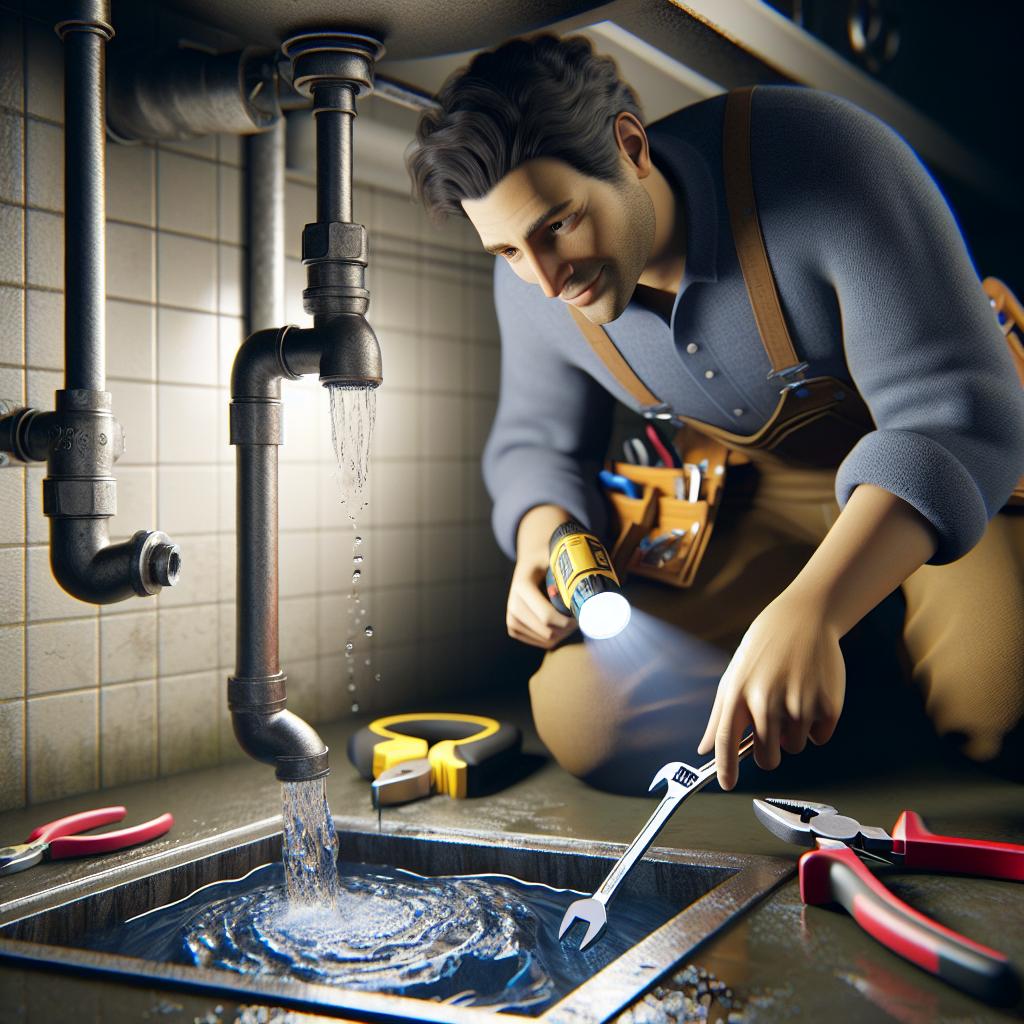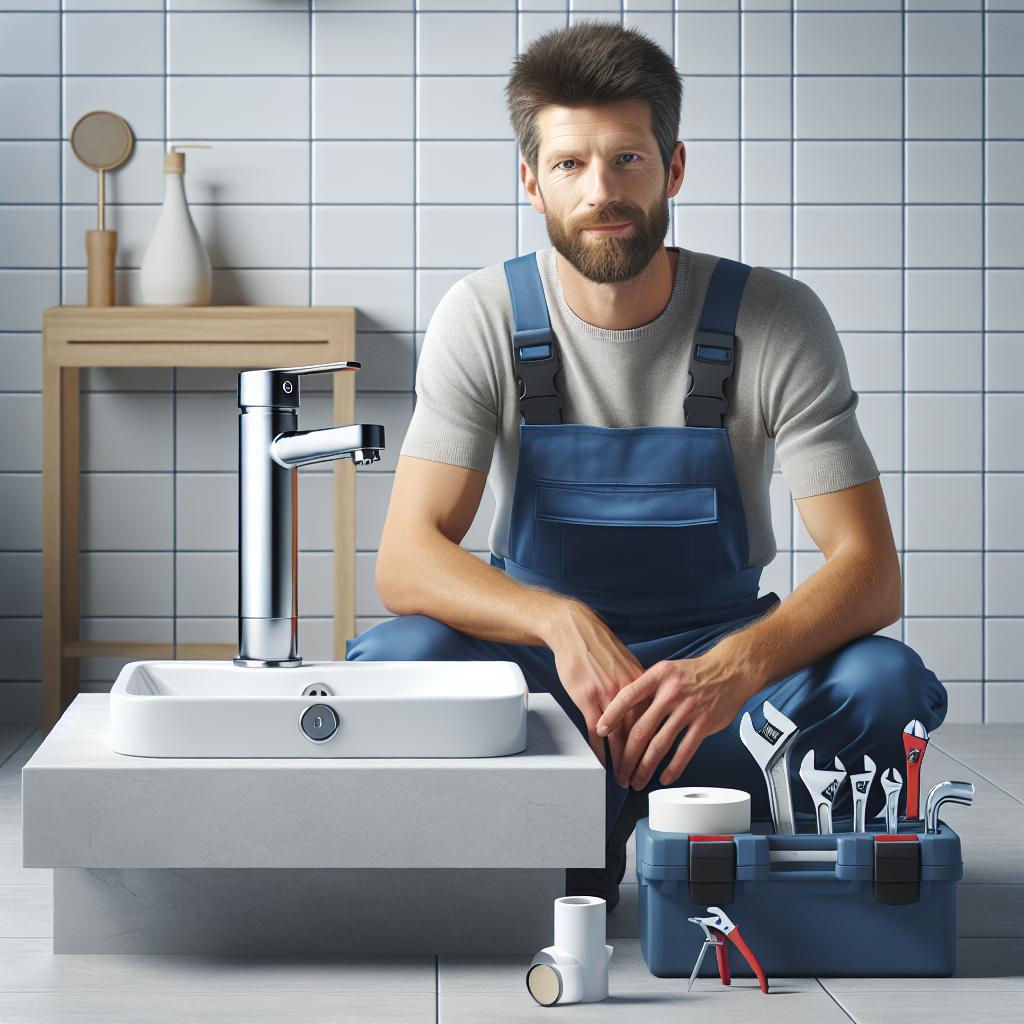The Plumbing Efficiency Revolution: 10 Game-Changing Strategies to Optimize Your Home’s Water System
Water is an essential resource in our lives, and optimizing its usage is increasingly becoming a priority for homeowners. The way we manage our plumbing systems can have a profound impact on our water bills, environmental footprint, and overall comfort. In this article, we will explore 10 game-changing strategies to enhance the efficiency of your home’s plumbing system, ensuring you make the most of this precious resource.
1. Embrace Low-Flow Fixtures
One of the simplest and most effective ways to reduce water consumption is by installing low-flow fixtures. These include faucets, showerheads, and toilets designed to use significantly less water without sacrificing performance. Low-flow toilets, for example, can use as little as 1.28 gallons per flush compared to the traditional 1.6 gallons or more.
Benefits of Low-Flow Fixtures
- Lower water bills: Saving up to 30% on water consumption translates to savings on your monthly bill.
- Environmental impact: Reduced water usage contributes to conservation efforts.
- Easy installation: Many low-flow fixtures can be installed without professional help.
2. Fix Leaks Promptly
Minor leaks might seem inconsequential, but they can waste large amounts of water over time. An uncorrected leak can waste up to 10,000 gallons annually, leading to increased bills and potential water damage in your home. Therefore, it’s crucial to regularly check for leaks in:
- Toilets
- Faucets
- Hoses
- Pipes
Detecting Leaks
To check for leaks:
- Monitor your water bill for sudden increases.
- Check your water meter before and after a two-hour period when no water is used.
- Inspect your plumbing fixtures for dampness and water stains.
3. Invest in a Rain Harvesting System
Collecting rainwater is an excellent way to reduce reliance on municipal water systems. A rain harvesting system captures and stores rainwater for various uses, such as watering gardens, washing cars, or even flushing toilets. Implementing a rain harvesting system can significantly cut your water expenses and contribute to sustainability.
Components of a Rain Harvesting System
- Gutters: Direct rainwater from your roof into the storage tank.
- Downspouts: Guide the collected water into your storage system.
- Storage tank: Store the collected water securely.
4. Upgrade to Smart Irrigation Systems
A smart irrigation system utilizes advanced technology to optimize watering schedules based on weather conditions, soil moisture levels, and evaporation rates. This means your landscape gets precisely the right amount of water at the right time, leading to significant water savings.
Features of Smart Irrigation
- Weather-Based Adjustments: Automatically adjusts watering schedules based on local weather forecasts.
- Soil Moisture Sensors: Determines when your plants need water based on moisture levels.
- Remote Control: Manage your irrigation system from your smartphone.
5. Regularly Maintain Your Water Heater
Water heaters can be a major consumer of energy and water, especially if they are not maintained properly. Regular maintenance not only extends the life of your water heater but also ensures it operates efficiently. Consider these maintenance tips:
- Flushing the tank annually to remove sediment buildup.
- Checking the anode rod every few years to prevent corrosion.
- Inspecting for leaks or rust.
Energy Efficiency of Water Heaters
Choosing an energy-efficient model, such as a tankless water heater, can yield substantial long-term savings. These models heat water as needed rather than storing hot water, reducing standby heat loss.
6. Use Water-Efficient Landscaping Techniques
Also known as xeriscaping, water-efficient landscaping involves designing your outdoor space to minimize water usage while maximizing aesthetics. This approach emphasizes the use of drought-resistant plants, native flora, and strategic layout to enhance water retention.
Tips for Water-Efficient Landscaping
- Plant native species that require less water and are acclimated to your environment.
- Use mulch to retain soil moisture and regulate temperature.
- Group plants with similar watering needs together.
7. Install a Greywater System
Greywater systems recycle water from non-potable sources, such as sinks, showers, and washing machines, for use in irrigation and toilet flushing. By installing a greywater system, you can significantly reduce the overall demand on your plumbing system and save on water costs.
Considerations for Greywater Use
- System Design: Make sure it’s compliant with local regulations.
- Filtration: Consider an appropriate filtration method to ensure water quality.
- Plant Selection: Use greywater on non-edible plants to prevent contamination.
8. Upgrade to Efficient Appliances
Modern appliances, particularly washing machines and dishwashers, are designed with efficiency in mind. Upgrading to water-efficient models can greatly reduce water usage:
- Washing Machines: Choose high-efficiency models that use significantly less water per load.
- Dishwashers: Opt for models that are ENERGY STAR certified, which can save both water and energy.
Long-Term Benefits of Upgrading Appliances
Though the initial investment may be higher, the long-term savings on water bills and energy consumption make these appliances worth considering. Additionally, many come with features that allow for customized usage, further enhancing efficiency.
9. Monitor Your Water Usage
Becoming aware of your water habits is essential for optimizing usage. By regularly monitoring your water consumption, you can identify patterns and make informed decisions to conserve this valuable resource.
Tools for Monitoring Water Usage
- Water Meters: Installation of a real-time water meter can help homeowners track their usage.
- Apps and Smart Devices: Utilize apps designed to link with your plumbing system to monitor usage trends.
10. Educate Your Family
Finally, the most effective way to revolutionize your plumbing efficiency is through education. Teaching your family about the importance of water conservation can lead to better habits, subsequently reducing your overall water use.
Ways to Educate About Water Conservation
- Set Goals Together: Create conservation goals and track progress as a family.
- Conduct Water Audits: Involve everyone in checking for leaks and understanding usage.
- Discuss the Importance: Talk about the environmental and economic benefits of conservation.
The Future of Plumbing Efficiency
The need for improved water efficiency is growing, driven by climate change, population growth, and increasing demand for clean water. By adopting these 10 game-changing strategies, you can not only improve your home’s plumbing efficiency but also contribute positively to the environment and your community.
Whether it’s through simple fixes like low-flow fixtures or more complex systems like greywater recycling, every action counts towards a more sustainable future. The Plumbing Efficiency Revolution is here, and your participation is vital. Are you ready to join in?
